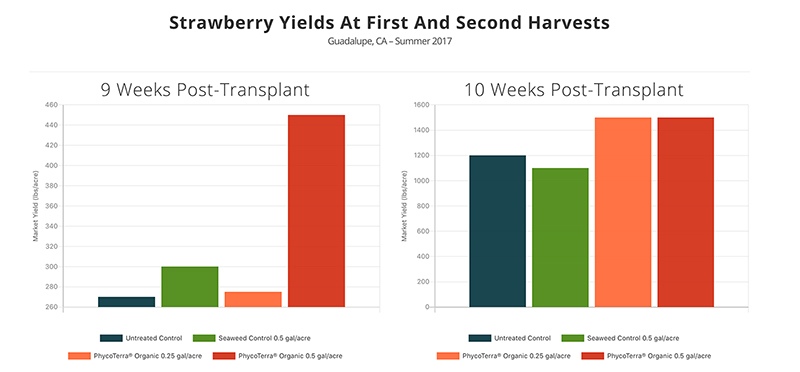Can Sunflower Extract Help Shield Blueberries from Rot? Study Says …
Researchers report in American Chemical Society’s Journal of Agricultural and Food Chemistry that compounds from sunflower crop waste prevented rotting in blueberries. They suggest the food industry could use these natural compounds to protect against postharvest diseases like gray mold.
Sunflowers are cultivated around the world for their seeds and oil, but the flower stems — known as receptacles — are generally considered to be a waste product. Noting that this crop is particularly resistant to many plant diseases, Xiao-Dong Luo, Yun Zhao and colleagues decided to investigate whether its receptacles might contain chemical constituents responsible for this protective effect. They also wanted to find out if these compounds could be used to fend off fungal plant pathogens in fruit, as a way to avoid the toxicity and resistance associated with chemical fungicides.
The researchers used methanol and ethyl acetate to prepare extracts from sunflower stems. They then isolated and identified the components in these extracts, focusing on diterpenoids, which are known to have biological activity. They found 17 diterpenoids, including four previously unknown compounds. Most of the diterpenoids showed activity against gray mold. Four of the compounds — including two of the newly identified ones — were effective at destroying the plasma membrane of this fungus, causing its cells to leak and preventing it from forming biofilms.
In another test, the researchers briefly wet blueberries with the receptacle extracts, then dried the fruits and injected them with mold spores. Over a period of six days, the receptacle extracts protected almost half the berries from mold growth. The scientists conclude that sunflower stem extracts could be used as a natural biocontrol agent to prevent postharvest disease in fruit.
RELATED CONTENT: Got Hungry Birds in Your Vineyard? Give Them a New Menu Item
The authors acknowledge support from the High-level Talent Promotion and Training Project of Kunming, the Project of Yunnan Characteristic Plant Screening and R&D Service CXO Platform, and the Scientific and Technological Innovation Team of Yunnan Province.
The paper’s abstract is available at http://pubs.acs.org/doi/abs/10.1021/acs.jafc.3c05553.









